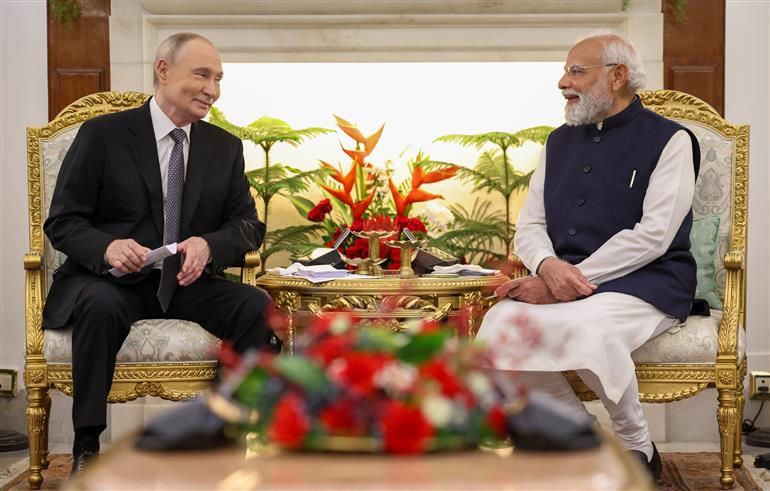India’s Quest for Rocket Force: Four Prerequisites
- Security Risks Research
- Nov 18, 2023
- 3 min read

To field a viable rocket force, there are fourrequisites without which the desired deterrent quotient will not be obtained – here is an overview-
India’s first Chief of Defence Staff, late General Bipin Rawat had expressed the desire to raise a rocket force. This may have been derived from China’s conversion of the Second Artillery to Rocket Force.
For this a series of missiles would have to be developed. Does India have such an armoury at present.
The Times of India reported that Nirbhay class of long range cruise missile is being inducted in the armed forces. Nirbhay has a range of over 1,000 Km range and has completed six trials with a seventh one being named as Indigenous Technology Cruise Missile (ITCM) with a new Made-in-India turbofan engine as per the New Indian Express
"The government is considering a proposal of a service to induct Nirbhay class cruise missiles. The consideration is at an advanced stage and once cleared, it will mean that all three forces will have the capability to use subsonic cruise missiles to strike targets," defence sources as per an ANI report quoted in Times of India.
Nirbhay is reported to be a terrain hugging missile that can defeat the air and missile defences of the adversary. The effectiveness of this missile in high altitude and mountainous terrain however need to be proven as the trials were restricted to the Integrated Test Range in Odisha. User trials are also due.
The other missile planned to be inducted is the Pralay with a possible maximum range of 500 kms and is seen to be a quasi-ballistic missile developed to defeat interceptor missiles.
A quasi-ballistic missile has a lower trajectory and higher speed than a ballistic missile. This gives the target less time to react, but the missile has a reduced range. The Russian Iskander Missile is said to be quasi ballistic like the Pralay. The missile was successfully tested twice on consecutive days on December 21 and December 22 in 2021. Another trial has been carried out on November 07 this year.
The Ministry of Defence has reportedly cleared induction of 120 Pralay missiles for the Indian Air Force and 250 missiles for the Indian Army.
In addition to these missiles, the BrahMos and the Pinaka long range rocket system is also expected to be a part of the Integrated Rocket Force.
The current indications are each service – the Army and the Air Force will be equipped with a specific numbers of this missile thus how the resources will be integrated remains to be seen?
While the Army and the Air Force may have different targeting priorities – coordination has been apparently left to the operational commanders.
Integration of the rocket forces may be thus the next step rather than being carried out during the raising.
This may be so as for this purpose an Integrated Rocket Force HQ will have to be raised for command, control, training and logistics which is apparently not in the offing so far.
A third aspect is acquisition of information of the targets through surveillance and target acquisition, who will control these resources is unclear. Will the IRF have its own resources or an organization within to consolidate inputs from other agencies remains to be seen?
Finally, it appears that the IRF will be holding conventional ballistic and cruise missiles while the Strategic Forces Command nuclear missiles with some of them also having the option of a explosive warhead.
Meshing in the two in terms of doctrine assumes importance as the signaling on deployment should be clear to the opposing side without triggering a nuclear counter response.



Comments